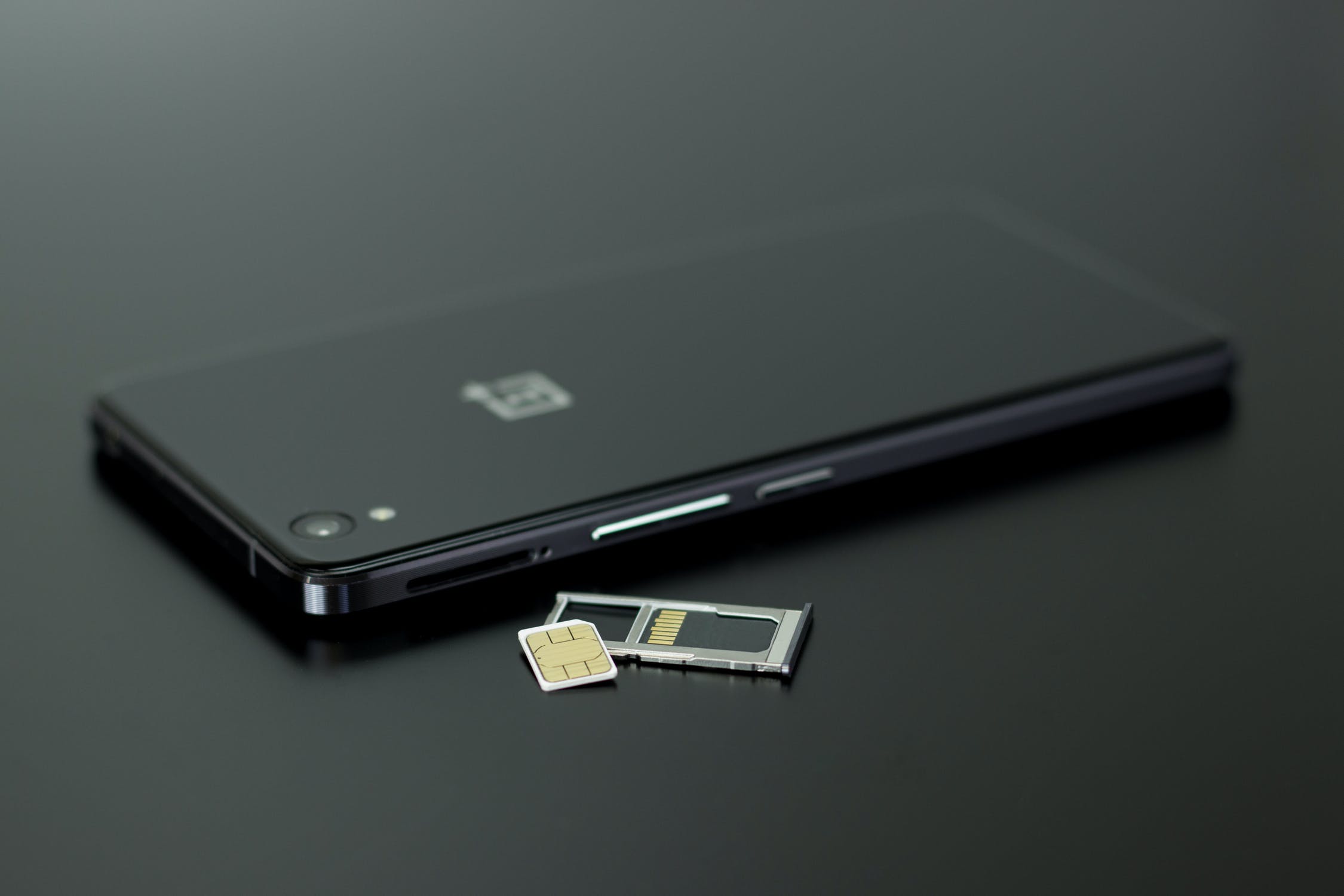In today’s digital landscape, security is of utmost importance, especially when it comes to remote connections. One of the best and most secure methods for connecting remotely to a computer is through a Secure Shell (SSH) connection. SSH creates an encrypted connection between you and the remote host, ensuring that the data being sent cannot be intercepted or monitored in any way. To enhance the security of your SSH connections, it is recommended to use SSH keys instead of traditional passwords.
Understanding SSH Keys
SSH keys allow you to create secure connections to remote servers or PCs without the need for a password. SSH keys are generated in pairs, consisting of a private key and a public key. These two keys are interconnected and cannot be used independently. The public key is stored on the remote server or PC, encrypting the connection, while the private key is used to authenticate with the remote device, allowing you to connect and use it without supplying a password.
It is crucial to store the private key securely on your local machine, as losing it may result in the inability to establish remote connections. It is also essential to keep both the public and private keys confidential, especially the private key, as it can be misused by unauthorized individuals to gain access to your remote device without requiring any additional authentication.
Generating SSH Keys on Windows
Using OpenSSH via Windows PowerShell
If you’re using a Windows machine and prefer a built-in solution, you can use OpenSSH via Windows PowerShell to generate SSH keys. To begin, follow these steps:
- Check if OpenSSH is enabled on your machine. Right-click the Start menu, select Settings, then navigate to Apps > Apps & features > Optional features. Look for the OpenSSH Client entry. If it’s not there, select Add a feature and install the OpenSSH Client.
- Once OpenSSH is installed, right-click the Start menu and select Windows PowerShell (Admin).
- In the PowerShell window, type
ssh-keygenand press Enter. You can specify a different save location and filename for your key or simply press Enter to save the files in the default location (C:Usersuser.ssh). By default, the ssh-keygen tool uses RSA encryption, but you can switch to another encryption method by typingssh-keygen -t method, replacing “method” with the desired encryption option (dsa, ecdsa, ed25519, rsa). - You will be prompted to enter a passphrase. Although it is optional, it is recommended to use a passphrase to encrypt your private key. Type in your passphrase and press Enter, or leave it blank and press Enter to skip this step.
- The required keys will be generated in the specified location or the default location (C:Usersuser.ssh). The idrsa.pub file represents your public key, while idrsa (with no extension) represents your private key.
- To establish a secure SSH connection, you need to transfer the public key (id_rsa.pub) to the remote device. You can do this by copying the contents of the public key file and adding it to the .ssh directory on the remote PC, Mac, or server.
Using PuTTY
PuTTY is a popular third-party SSH client for Windows that includes a tool called PuTTYgen for generating SSH keys. Follow these steps to generate SSH keys using PuTTY:
- Download and install PuTTY on your Windows machine.
- After installation, launch PuTTYgen (the included SSH generator tool) from the Start menu.
- In PuTTYgen, select the desired key type, such as RSA, from the “Type of key to generate” options. Click on the Generate button to start generating the key pair.
- While the key pair is being generated, move your mouse randomly within the designated area to add randomness to the key generation process.
- If you wish to add a passphrase to your keys for increased security, you can enter it in the “Key passphrase” and “Confirm passphrase” boxes. Otherwise, leave them blank.
- Once the key pair generation is complete, you can save your public and private keys to a secure location on your machine. You can also copy the public key to the remote device’s .ssh directory for establishing secure SSH connections.
Generating SSH Keys on Mac or Linux
On macOS and Linux machines, you can use the OpenSSH suite of tools to generate SSH keys. Here’s how to do it:
- Open a terminal window on your Mac or Linux machine. On macOS, you can find the Terminal application in the Utilities folder inside the Applications folder. On Linux, the default terminal application is typically located in the Utilities folder inside the Applications folder.
- In the terminal window, type
ssh-keygenand press Enter. By default, the ssh-keygen tool uses RSA encryption, but you can specify a different encryption method by typingssh-keygen -t method, replacing “method” with the desired encryption option (dsa, ecdsa, ed25519, rsa). - You will be prompted to specify a location to save the keys. The default location is shown in round brackets. Press Enter to accept the default location and filename, or type a new location and filename.
- Next, you can enter an optional passphrase to encrypt your private key. It is recommended to use a passphrase for increased security. Type your passphrase twice, or press Enter twice to skip this step.
- After confirming the passphrase, the SSH key pair will be generated in the specified location. The public key (idrsa.pub) and private key (idrsa) will be created.
- To establish a secure SSH connection, transfer the public key (id_rsa.pub) to the remote device by copying its contents and adding it to the .ssh directory on the remote PC, Mac, or server.
Conclusion
SSH keys provide a more secure method for connecting remotely to computers or servers than traditional passwords. By following the steps outlined in this comprehensive guide, you can generate SSH keys on Windows, Mac, or Linux machines. Remember to keep your private key secure and avoid sharing it with unauthorized individuals. With SSH keys, you can establish secure connections and protect sensitive data while enjoying the convenience of remote access to your devices.






